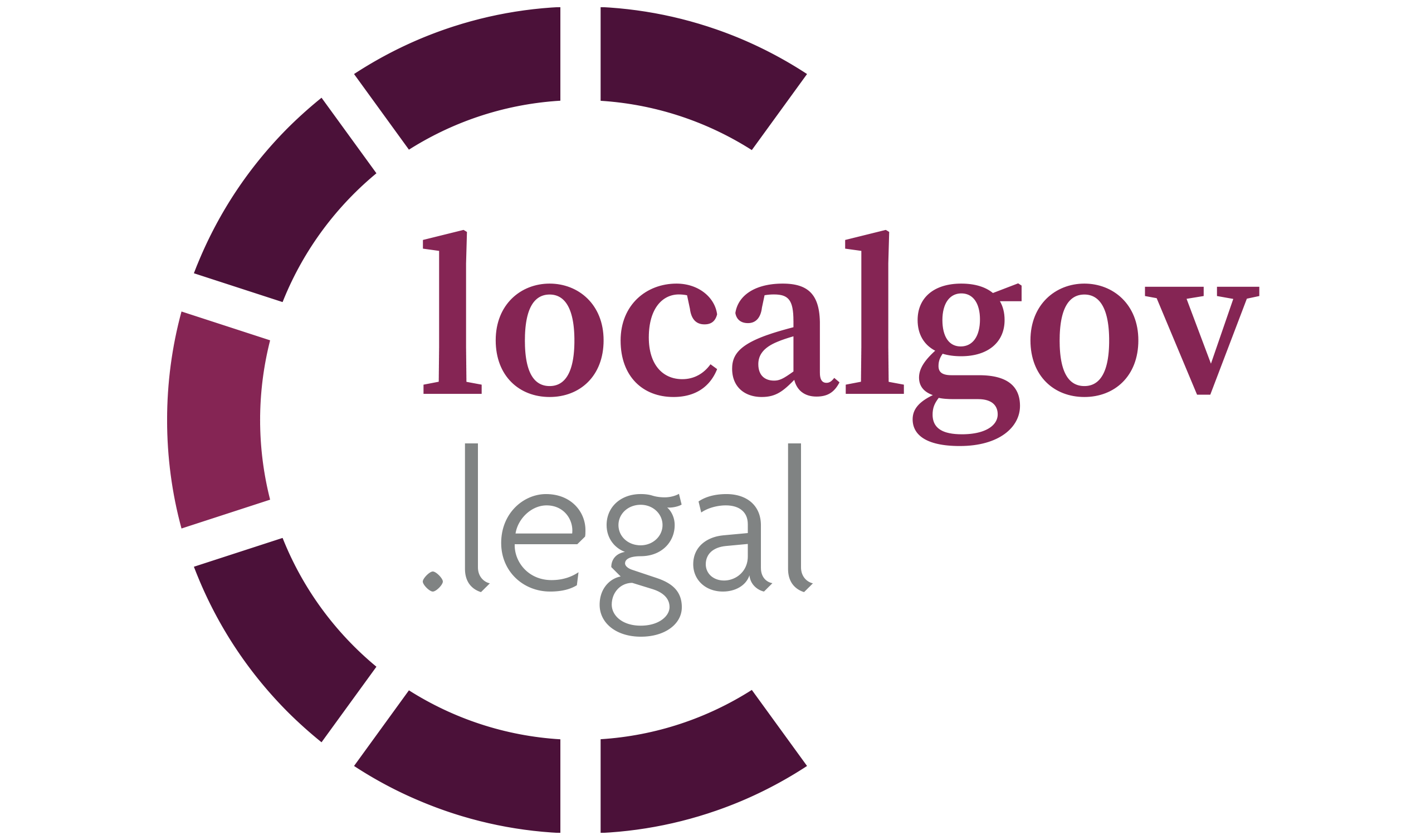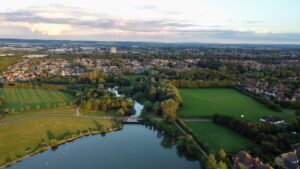Matt Hare, Partner at Carter Jonas Cambridge working in the Planning and Development team, analyses the public perception of the Green Belt and explores how this could be improved.
The Green Belt Protection Bill, a Private Members’ Bill which principally aims to restrict councils’ ability to release Green Belt land for development, is currently working its way through Parliament.
The Bill’s sponsor is Sir Christopher Chope and when introducing the Bill he said, ‘When we sing about our green and pleasant land, many of us reflect on how much less green and more ugly it would be but for our Green Belt.’
Irrespective of your views on the Bill’s chances of success, this comment accurately embodies much of the persistent and pervading public misconception in relation to Green Belt.
I recently visited a luthier to have some repair work carried out on an acoustic guitar. Once business was concluded, we got chatting and he asked what I did for a living, and I mentioned that I am a planning consultant – this provoked an immediate response; ‘the amount of development on the Green Belt round here is disgusting’. I tried to explain that the local authority area in question contains no Green Belt land whatsoever and that he was likely simply observing the development of previously undeveloped land. However, I was conscious of coming across too preachy (particularly as I was about to leave him with a treasured possession) and so quickly tried to steer the discussion back towards music.
The point is that often public perception of Green Belt land is that it is sacrosanct, and that Green Belt designation is, in large part, a value judgement of the visual quality of the land in question.
The reality is of course quite different. Nonetheless, anyone who thinks that the tide of opinion in this regard can be easily changed is unfortunately mistaken. Nomenclature has a role to play, but I think that it is unlikely that we will see Green Belts renamed as ‘Urban Containment Zones’ any time soon. We are probably kidding ourselves if we think that there will be any meaningful change to national Green Belt policy in the absence of a change in public perception.
Let’s be honest with ourselves here. I am sure that we can all think of examples where release of Green Belt land has led to the delivery of pretty standard housing estates. There’s nothing necessarily wrong with standard housing estates, but if we are to change the public perception of development within the Green Belt should we be going beyond “standard”?
I think so. We must work to demonstrate that development of Green Belt land can be achieved such that it not only avoids unrestricted sprawl and the merger of neighbouring settlements (etc), but also that it can facilitate the creation of genuinely meaningful and multipurpose green space for community use and environmental benefit.
We recently secured planning permission on appeal for a new retirement village within the Cambridge Green Belt. Whilst there is a chronic need for the provision of specialist older people’s housing in Cambridge it is the softer elements of this scheme on which I wish to focus.
The proposals included the provision of a 21ha “countryside park” which will be manged for free and which will offer unfettered public access in perpetuity. The countryside park will also facilitate the re-establishment of calcareous grass downland across its area (chalk grassland to you and me). Chalk grassland is a rare habitat type of high biodiversity value and, in Cambridgeshire, supports a very rich flora and fauna including many nationally rare and scarce species. Much of England’s calcareous grassland was lost to the plough as a result of increasing food production following the advent of World War II. Nationally the cover of calcareous grassland has suffered a sharp decline in extent over the last 80 years.
As part of an overall 25ha scheme therefore approximately 21ha of land is devoted to genuine publicly accessible green space and the provision of substantial environmental enhancements. These are unequivocal public and environmental benefits that would not have been provided save for the grant of planning permission for development in this location.
If more development in the Green Belt were to make such provision, might we find that those who hold these views would, over time, become more accommodating of the idea of development in the Green Belt?
Photo by Benjamin Elliott


















Leave a Reply